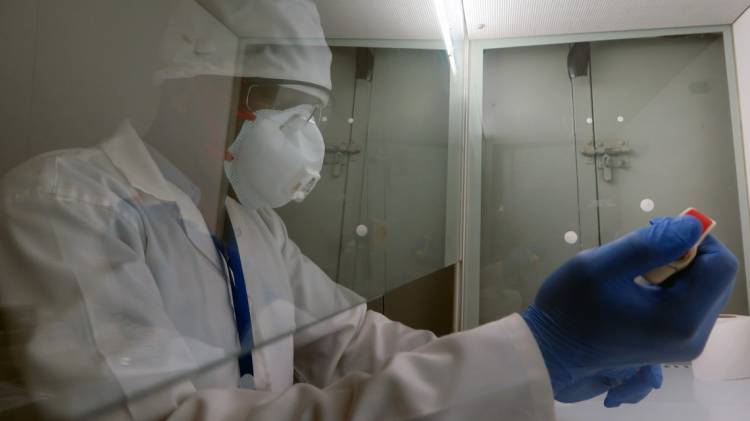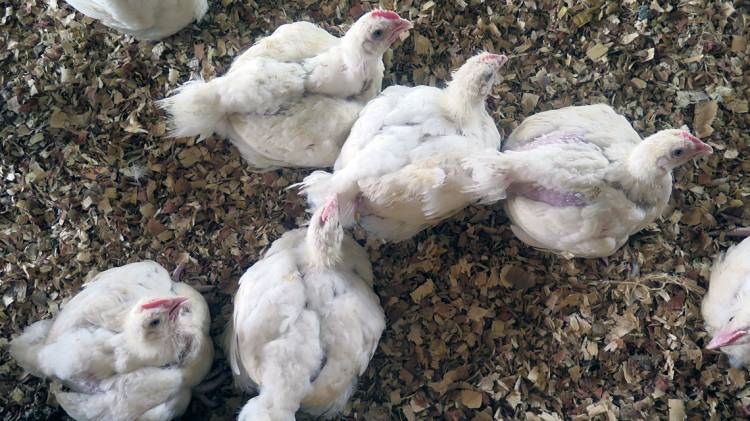Yaoundé, Cameroon and Bangui, Central African Republic — An animal as tiny as a bat can carry up to 137 different virus species. Many of these, including Ebola, can be transmitted to humans. After years of studying bats and other animals in the jungles of central Africa, scientists are joining forces under IAEA projects to prevent the spread of diseases that can be transmitted from animals to humans, known as zoonotic diseases.
“Around 75% of human diseases originate from animals, which is why it is so important to stop them at the animal level,” said Abel Wade, Director of the National Veterinary Laboratory in Yaoundé, Cameroon. “Nuclear-derived technology helps us do this.”
During the Ebola epidemic of 2014, the IAEA quickly reacted to provide specialized diagnostic equipment to help Sierra Leone in its efforts to combat the virus. With the immediate crisis over, the focus now is on longer term prevention. The IAEA, in cooperation with the Food and Agriculture Organization of the United Nations (FAO) and through funding from the Peaceful Uses Initiative (PUI) and from the African Regional Cooperative Agreement for Research, Development and Training related to Nuclear Science and Technology (AFRA), is helping countries use nuclear-derived techniques to detect zoonotic diseases and respond to them.
To African countries facing the threat of new outbreaks, the IAEA’s help in equipping their laboratories and training their scientists in the use of these techniques and the corresponding biosafety measures has been critical. Polymerase chain reaction (PCR) technology, for example, allows the identification of viruses such as Ebola within a few hours and with a high degree of accuracy (see Nuclear-derived techniques for detecting animal diseases). Early diagnosis helps curtail the spread of a disease by making it possible to rapidly isolate and treat infected animals and patients earlier.
“With this technology we’re better prepared to respond at the first sign of a disease,” said Emmanuel Nakouné, Scientific Director at the Institut Pasteur in Bangui, Central African Republic. “But if one country’s surveillance is weak, it can put the whole region in danger. That’s why we’re working together to strengthen surveillance throughout the region.”
Around 75% of human diseases originate from animals, which is why it is so important to stop them at the animal level. Nuclear-derived technology helps us do this









